Best Cardiologists in Artemis Hospital Gurgaon
 10 December,2025
Read More
10 December,2025
Read More
Starting From: USD 902 - USD 1,202
Sclerotherapy is affordable in India. The cost of Sclerotherapy in India lies between USD 902 - USD 1,202. The exact procedure price depends on multiple factors such as the surgeon's experience, type of hospital, severity of the condition, patient's general condition,�etc.
Varicose veins, characterized by enlarged, twisted veins often appearing on the legs, can be more than just a cosmetic concern. They can lead to discomfort, pain, and even more serious medical issues if left untreated. Sclerotherapy is a highly effective non-invasive procedure used to treat varicose veins and spider veins, offering relief and improved quality of life for individuals affected by these vascular conditions.
Varicose veins develop when the valves within the veins weaken or fail to function properly. This leads to blood pooling in the veins, causing them to become enlarged, twisted, and often visible through the skin's surface. While they can occur in any part of the body, they most commonly appear in the legs and feet.
The best candidates for sclerotherapy are individuals who meet certain criteria and have specific characteristics that make them suitable candidates for this procedure. These include:
It's important to note that the final determination of a patient's suitability for sclerotherapy is made after a thorough evaluation by a qualified healthcare provider. They will consider the specific characteristics of the individual's veins, overall health, and medical history before recommending the procedure.
Sclerotherapy is a minimally invasive procedure that involves injecting a solution, known as a sclerosant, directly into the affected veins. This sclerosant irritates the lining of the veins, causing them to collapse and stick together. Over time, the body absorbs the treated veins, redirecting blood flow through healthier veins.
While sclerotherapy is generally considered safe and effective, there are some important considerations and potential risks to be aware of:
Sclerotherapy stands as a valuable non-invasive option in the treatment of varicose veins and spider veins. By offering a highly effective and minimally disruptive approach, it provides relief from discomfort, enhances aesthetic appearance, and ultimately improves the overall quality of life for individuals affected by these vascular conditions. As with any medical procedure, it's important to consult with a qualified healthcare provider to determine the suitability of sclerotherapy based on individual health and specific vein-related concerns.

Consultant
Interventional Cardiologist
Indraprastha Apollo Hospital, New Delhi
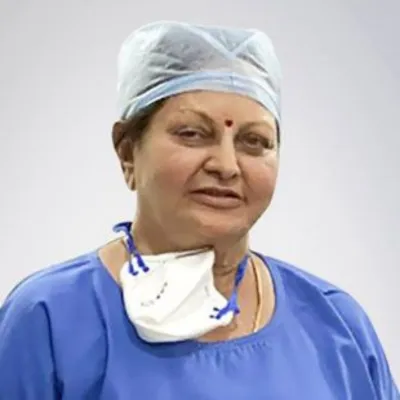
Head of Department (HOD)
Cardiologist
Nanavati Super Specialty Hospital, Mumbai
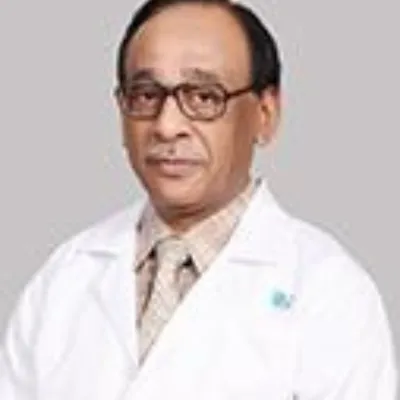
Senior Consultant
Interventional Cardiologist
Indraprastha Apollo Hospital, New Delhi
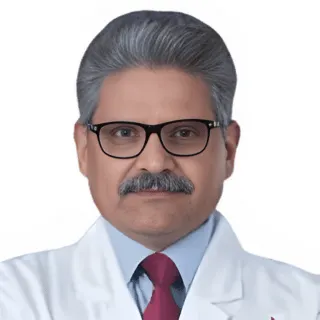
Chairman
Cardiothoracic and Vascular Surgeon
Manipal Hospital, Dwarka, Delhi
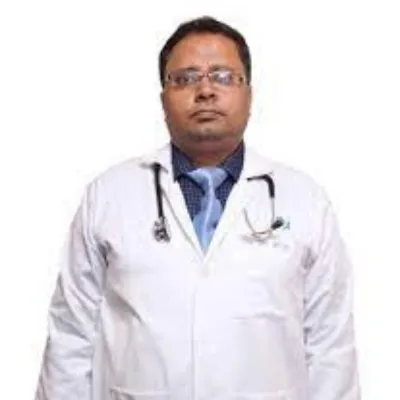
Senior Consultant
Interventional Cardiologist
Indraprastha Apollo Hospital, New Delhi
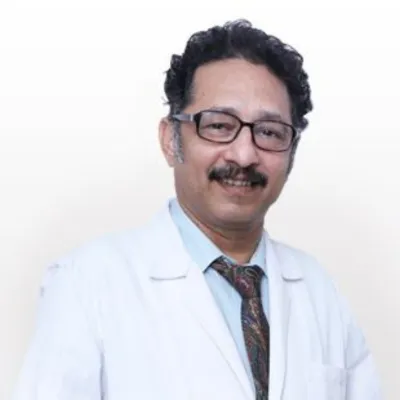
Senior Consultant
Interventional Cardiologist
Nanavati Super Specialty Hospital, Mumbai
Doctor of Pharmacy
Dr. Deepanshu Siwach is a skilled clinical pharmacist with a Doctor of Pharmacy degree.?He has 4+?years of experience and has worked with thousands of patients. He has been associated with some of the top hospitals, such as Artemis Gurgaon.
Dr. Deepanshu Siwach is a skilled clinical pharmacist with a Doctor of Pharmacy degree.?He has 4+?years of experience and has worked with thousands of patients. He has been associated with some of the top hospitals, such as Artemis Gurgaon....
Dr. Aseem Ranjan Srivastava is an experienced Pediatric Cardiothoracic Surgeon specializing in Minimal Access and Robotic Cardiac Surgery. He strongly recommends prompt corrective repair when possible....
The Art of Effective Communication
 10 December,2025
Read More
10 December,2025
Read More
 09 December,2025
Read More
09 December,2025
Read More
 05 December,2025
Read More
05 December,2025
Read More
 04 December,2025
Read More
04 December,2025
Read More
 27 November,2025
Read More
27 November,2025
Read More
 25 November,2025
Read More
25 November,2025
Read More